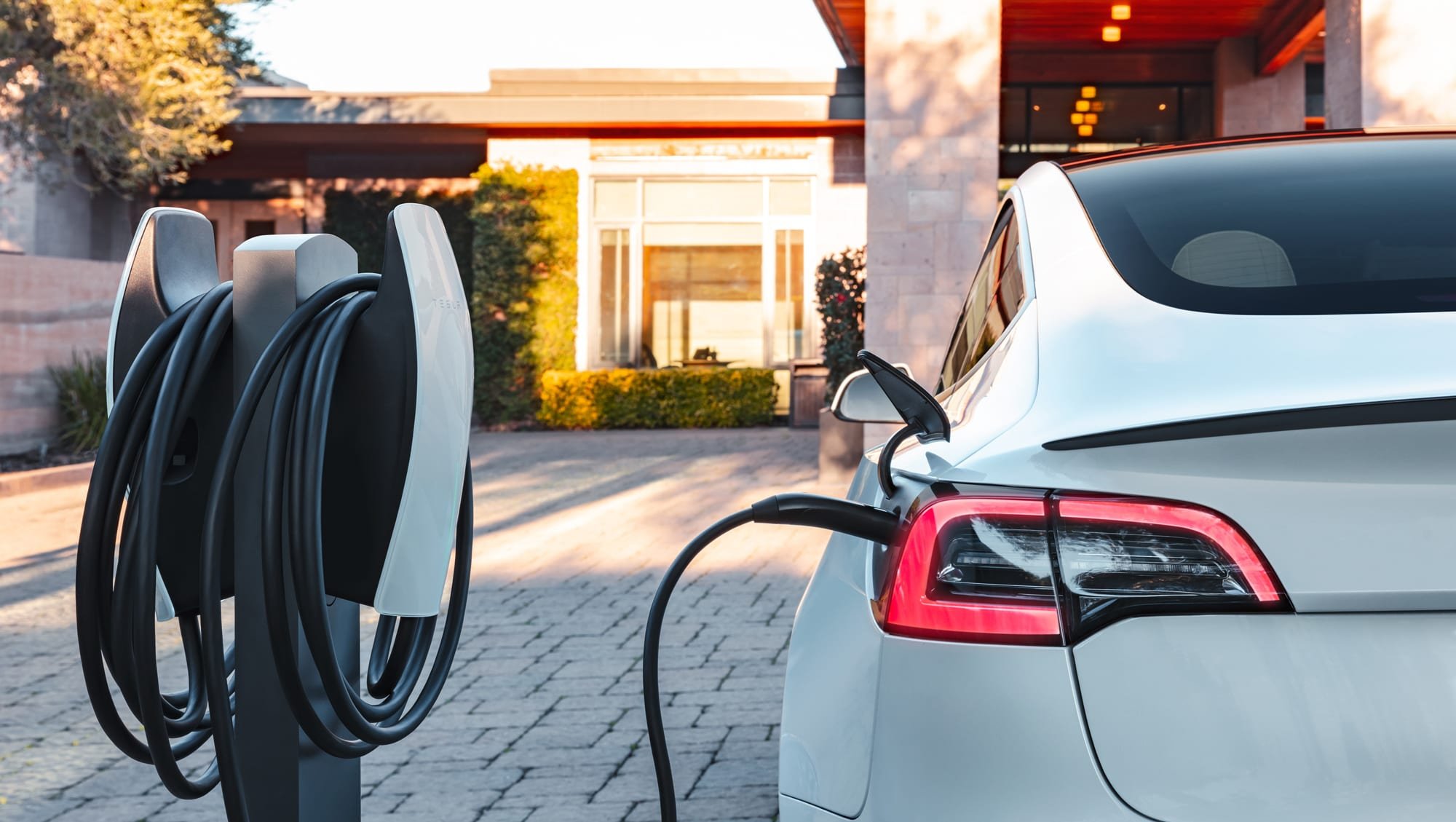One significant change in the new CALGreen 2022 update is for Electric Vehicle Charging. With a higher expectation for providing Electric Vehicle infrastructure and equipment, you’ll want to plan early for incorporating these requirements. In this article, we will cover the updates for residential projects, then address non-residential projects in a follow-up article.
Throughout the 2022 CALGreen Code, there are varying requirements for the quantity and type of spots for Electric Vehicles. You will find these three terms used to describe them:
Spots are EV Capable when you provide the electrical panel space, conduit (no wire), and a termination box for a future 208/240--volt, 40-amp circuit. This allows for the opportunity to install a Level 1 or Level 2 electric vehicle supply equipment (EVSE) charger.
Spots are EV Ready when you provide a space that is fully wired and ready for the installation of a 208/240-volt, 40-amp receptacle, or charge station.
Spots are EV Charging Station with the installation of Level 2 EVSE chargers. These should be stand-alone chargers in common-use parking areas so that building occupants can have access to it.
EVSE – Electric Vehicle Supply Equipment: Chargers that are specified based on input voltage. Level 1 EVSE are simple portable cables at 120 V (left). Level 2 EVSE are more permanently installed charger at 208/240 V that can be wall mounted receptacle or a charging station (right).
In 2022, we see no change in one- and two-family dwellings, but Multifamily (which includes hotels and motels) now has requirements based on the number of dwelling units. The new updates are described below with an example to illustrate the application.
Electric Vehicle (EV) Parking Updates for Residential
New one- and two-family dwellings and townhouses with attached private garages (4.106.4.1) are currently still required to install raceways (conduit) that can accommodate the set up for a Level 2 EVSE. They do not yet have to be installed, but the conduit should be available for future installation.
Multifamily development projects with fewer than 20 dwelling units (4.106.4.2.1): Of the total provided parking spaces, 10% must be EV Capable and 25% must be EV Ready.
Multifamily development projects 20 dwelling units or more (4.106.4.2.2): Of the total provided parking spaces, 10% of spaces must be EV Capable, 25% of spaces must be EV Ready, 5% of spaces must be EV Charging Stations (EVCS).
In terms of accessibility, one in every 25 charging spaces, but not less than one, shall also have an 8-foot wide minimum aisle, to accommodate a van. Although that space should be on the accessible path of travel and may use the 8-foot aisle of an adjacent accessible spot, it does not count as one of the van-accessible spaces per CBC Chapter 11A. For hotels, motels and public housing, reference the requirements of Chapter 11B.
Stay tuned for our update on CALGreen EV Charging requirements in the Non-Residential chapter.
Note: this article provides an overview of the EV Charging requirements; additional details and exceptions may apply to your project. Review the code sections directly, connect with the free 3C-REN Energy Code Coach service, or reach out to us.






